The ROI of HR Software: How It Saves Time and Money
EmployeeConnect
NOVEMBER 21, 2024
Enhancing Employee Productivity and Retention A satisfied and engaged workforce is a productive workforce. Happier employees are less likely to leave, reducing turnover costs. Studies show that replacing an employee can cost up to 150% of their annual salary. Forecasting future staffing needs based on historical data.






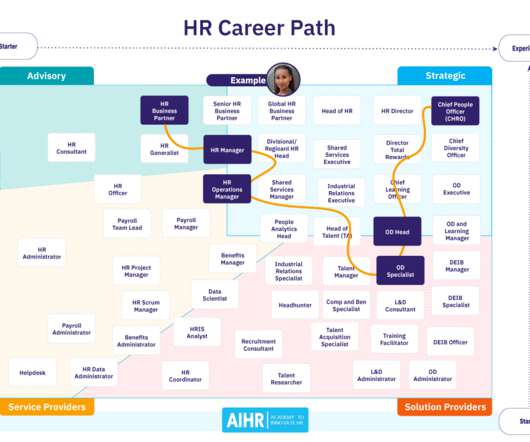
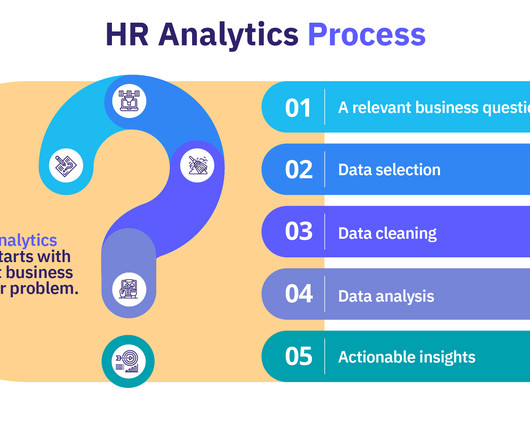









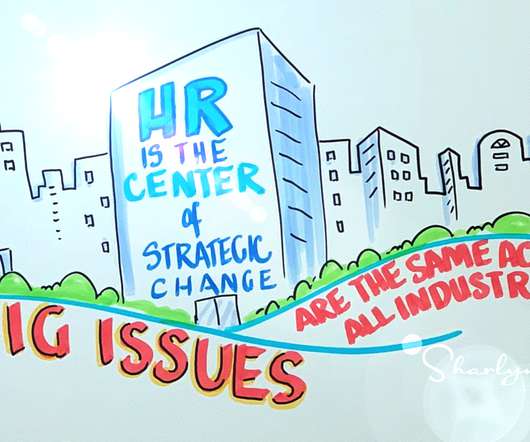



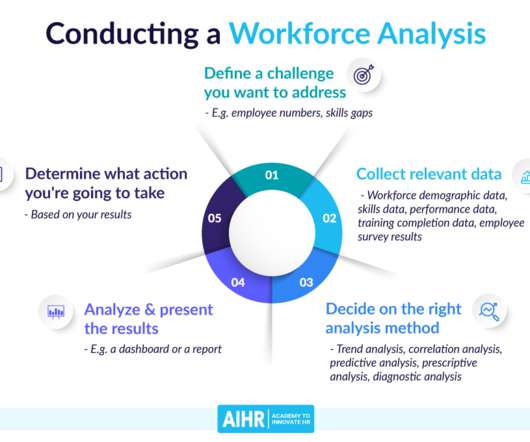
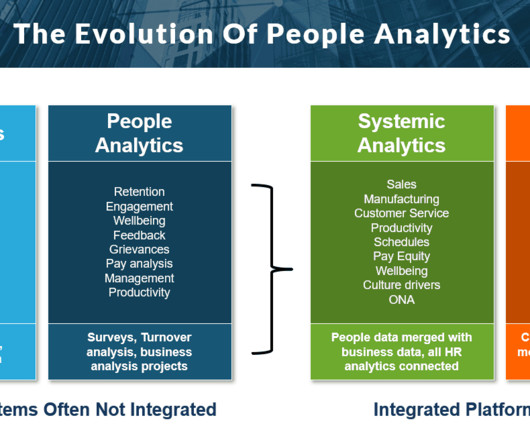
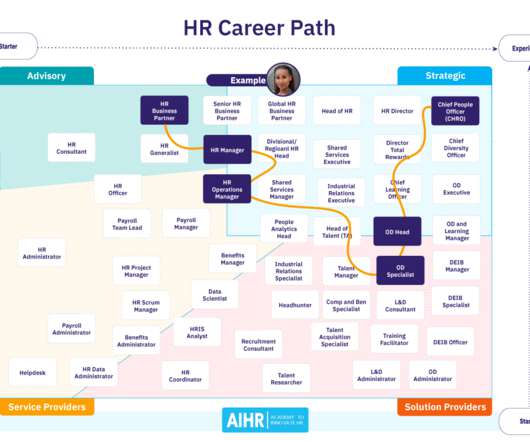






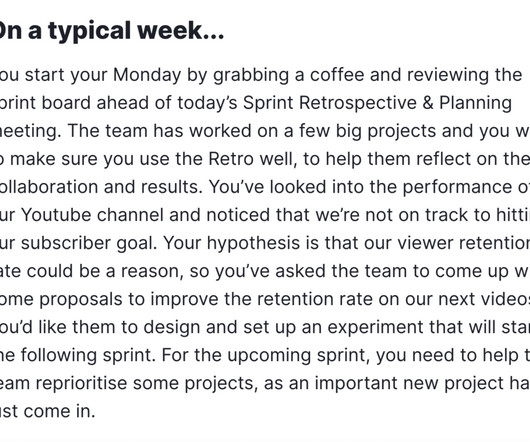
























Let's personalize your content